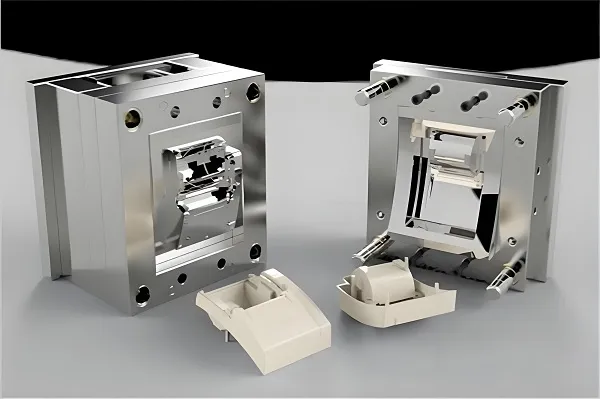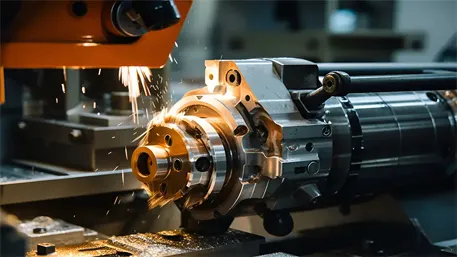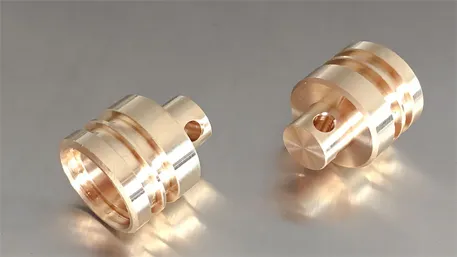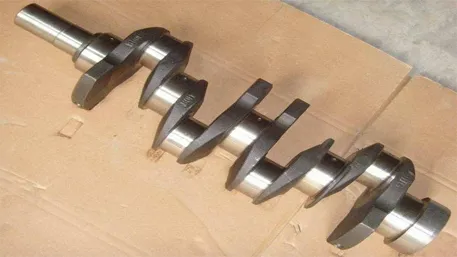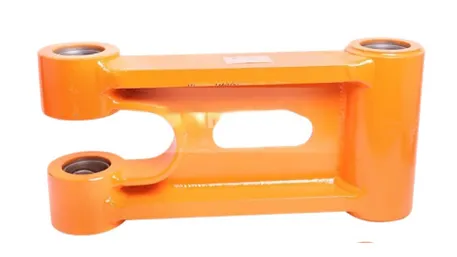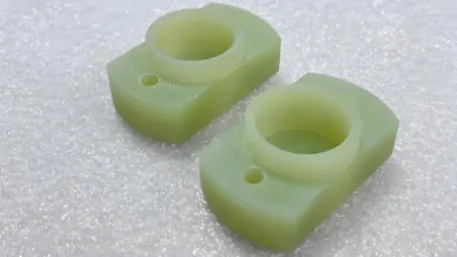Table of Contents
- Material Composition and Classification
- Mechanical Properties Comparison
- Machining Performance Analysis
- Surface Treatment Characteristics
- Corrosion Resistance Performance
- Weight and Density Differences
- Cost-Benefit Analysis
- Application Field Distribution
- Welding Performance Comparison
- Heat Treatment Effects
- Aesthetics and Texture
- Environmental and Sustainability
- Frequently Asked Questions
Material Composition and Classification
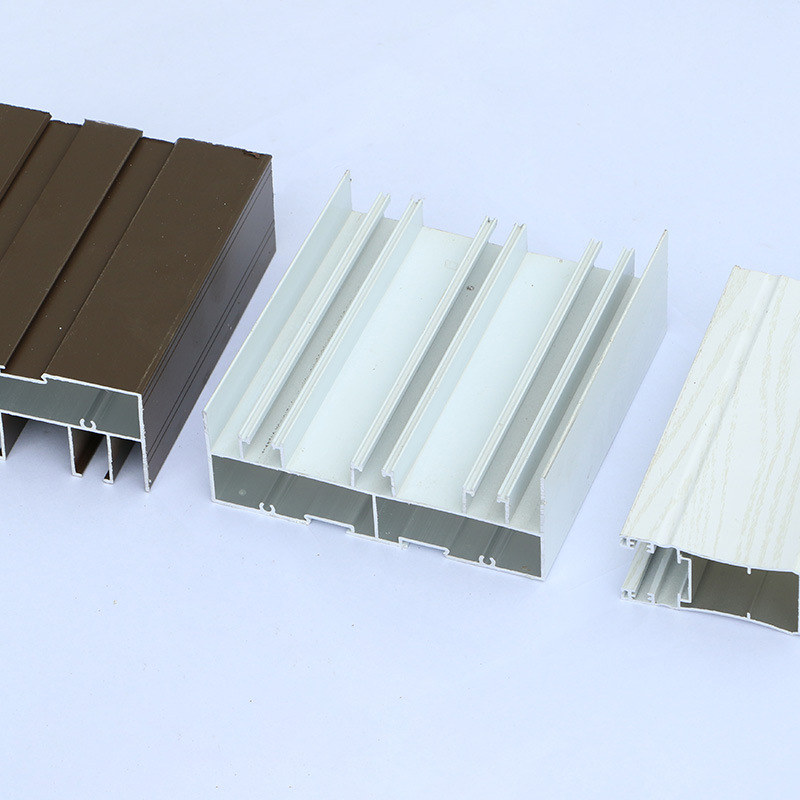
Main Aluminum Alloy Series Classification
- Composition Features: Aluminum content over 99.00%
- Representative Grades: 1050, 1060, 1100
- Key Characteristics: High purity, excellent corrosion resistance, good electrical and thermal conductivity
- Composition Features: Copper as the main alloying element
- Representative Grades: 2024, 2017
- Key Characteristics: High strength, good fatigue performance
- Composition Features: Magnesium as the main alloying element
- Representative Grades: 5052, 5083, 5754
- Key Characteristics: Excellent corrosion resistance, good weldability
- Composition Features: Magnesium and silicon as main alloying elements
- Representative Grades: 6061, 6063, 6082
- Key Characteristics: Medium strength, good machinability
- Composition Features: Zinc as the main alloying element
- Representative Grades: 7075, 7050, 7475
- Key Characteristics: Ultra-high strength, aerospace-grade material
Chemical Composition Comparison Table
|
Alloy Grade
|
Si
|
Fe
|
Cu
|
Mn
|
Mg
|
Cr
|
Zn
|
Ti
|
Al
|
|
6061-T6
|
0.4-0.8
|
0.7
|
0.15-0.4
|
0.15
|
0.8-1.2
|
0.04-0.35
|
0.25
|
0.15
|
Balance
|
|
7075-T6
|
0.4
|
0.5
|
1.2-2.0
|
0.3
|
2.1-2.9
|
0.18-0.28
|
5.1-6.1
|
0.2
|
Balance
|
|
5052-H32
|
0.25
|
0.4
|
0.1
|
0.1
|
2.2-2.8
|
0.15-0.35
|
0.1
|
–
|
Balance
|
|
2024-T3
|
0.5
|
0.5
|
3.8-4.9
|
0.3-0.9
|
1.2-1.8
|
–
|
0.25
|
0.15
|
Balance
|
|
6063-T5
|
0.2-0.6
|
0.35
|
0.1
|
0.1
|
0.45-0.9
|
0.1
|
0.1
|
0.1
|
Balance
|
Mechanical Properties Comparison
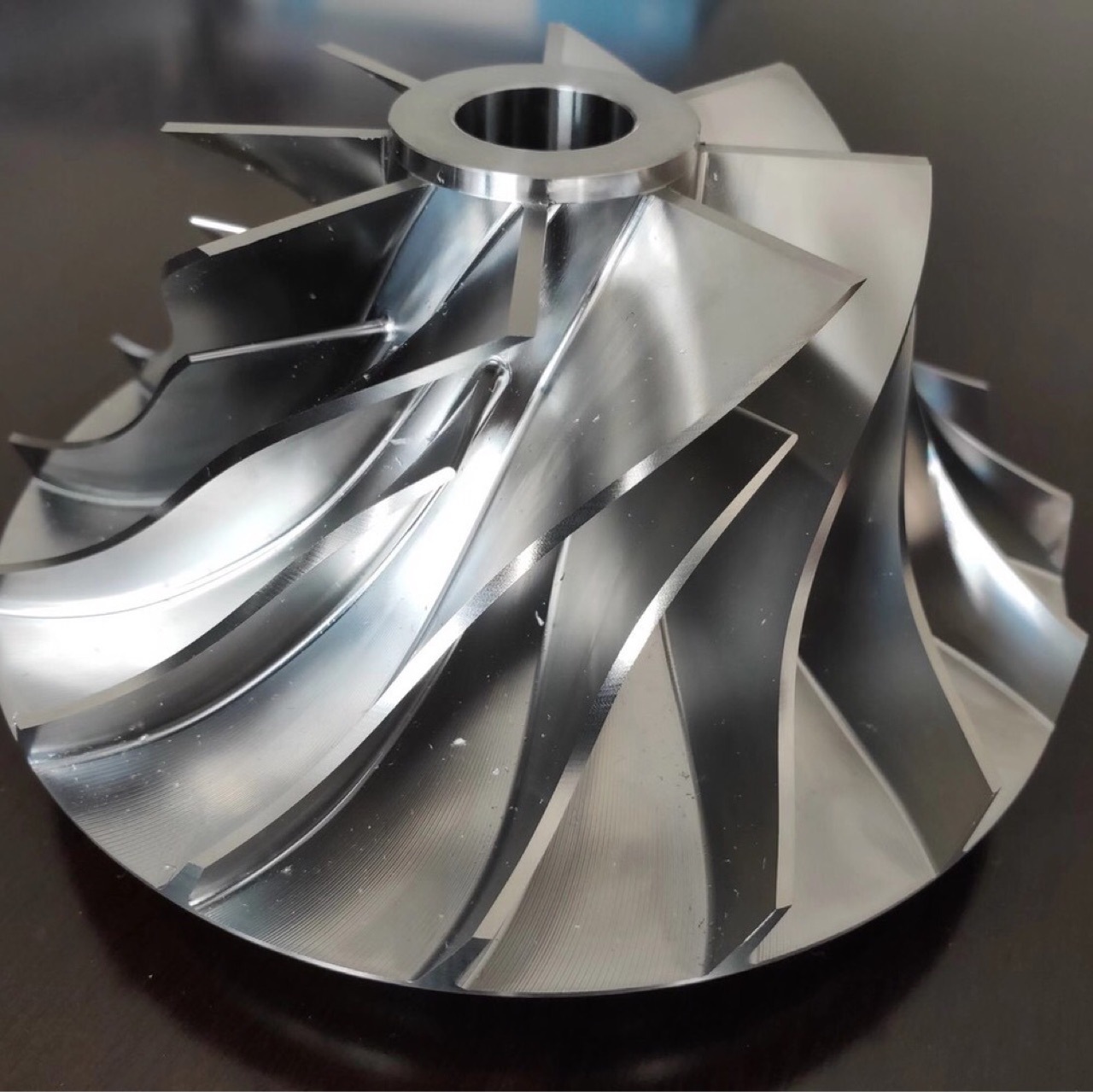
Key Mechanical Properties Comparison
|
Alloy Grade
|
Tensile Strength (MPa)
|
Yield Strength (MPa)
|
Elongation (%)
|
Hardness (HB)
|
Fatigue Strength (MPa)
|
|
6061-T6
|
310
|
276
|
12
|
95
|
145
|
|
7075-T6
|
572
|
503
|
11
|
150
|
230
|
|
5052-H32
|
232
|
193
|
15
|
68
|
97
|
|
2024-T3
|
470
|
325
|
20
|
120
|
185
|
|
6063-T5
|
207
|
172
|
8
|
65
|
90
|
Performance Characteristics Analysis
- Highest Tensile Strength: Reaching 572MPa, 1.5 times that of ordinary steel
- Excellent Yield Strength: 503MPa, suitable for heavy-load structural components
- Outstanding Fatigue Strength: 230MPa, ideal for dynamic load applications
- Application Scenarios: Aerospace structural components, high-strength connectors
- Well-Balanced Properties: Good balance of strength, ductility, and machinability
- Cost-Effective: Medium strength with moderate cost
- Widely Applicable: General structural components, mechanical parts, automotive accessories
- High Elongation: 15%, suitable for forming processes
- Moderate Strength: 232MPa, suitable for non-structural components
- Excellent Corrosion Resistance: Preferred choice for marine environments
- Excellent Fatigue Strength: 185MPa, suitable for cyclic loading
- Highest Elongation: 20%, good formability
- High Strength-to-Weight Ratio: Ideal for aerospace applications
Machining Performance Analysis
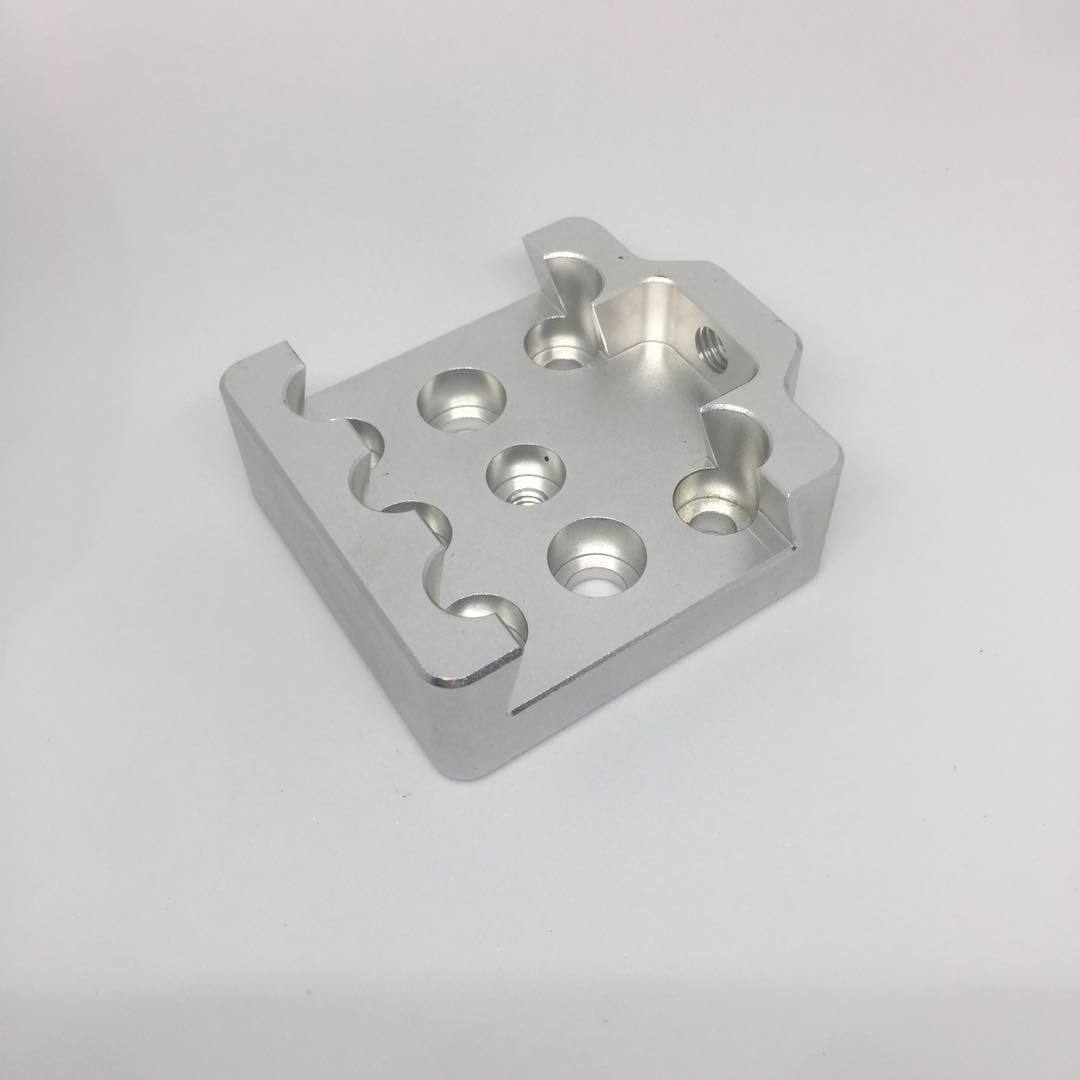
Machining Performance Evaluation Metrics
|
Alloy Grade
|
Cutting Performance
|
Drilling Performance
|
Milling Performance
|
Surface Finish
|
Machining Efficiency
|
|
6061-T6
|
★★★★☆
|
★★★★☆
|
★★★★☆
|
★★★★☆
|
★★★★☆
|
|
7075-T6
|
★★★☆☆
|
★★★☆☆
|
★★★☆☆
|
★★★★☆
|
★★★☆☆
|
|
5052-H32
|
★★★☆☆
|
★★★★☆
|
★★★☆☆
|
★★★★☆
|
★★★☆☆
|
|
2024-T3
|
★★★☆☆
|
★★★☆☆
|
★★★☆☆
|
★★★★☆
|
★★★☆☆
|
|
6063-T5
|
★★★★★
|
★★★★★
|
★★★★★
|
★★★★★
|
★★★★★
|
Machining Characteristics Analysis
- Low Cutting Resistance: Soft material with minimal tool wear
- Excellent Surface Quality: Easily achieves Ra 1.6 or better surface finish
- High Machining Efficiency: Feed rates can reach2000mm/min or higher
- Suitable for Mass Production: Automotive parts, architectural profiles
- Stable Machining: Smooth cutting process with minimal vibration
- Long Tool Life: 30% less tool consumption compared to high-strength alloys
- Suitable for Precision Machining: Tolerance control within ±0.01mm
- High Cutting Forces: Requires more powerful machine tools
- Rapid Tool Wear: Carbide tools recommended
- High Machining Temperatures: Requires adequate cooling
- Higher Machining Costs: 40-60% higher labor costs than 6061
Surface Treatment Characteristics
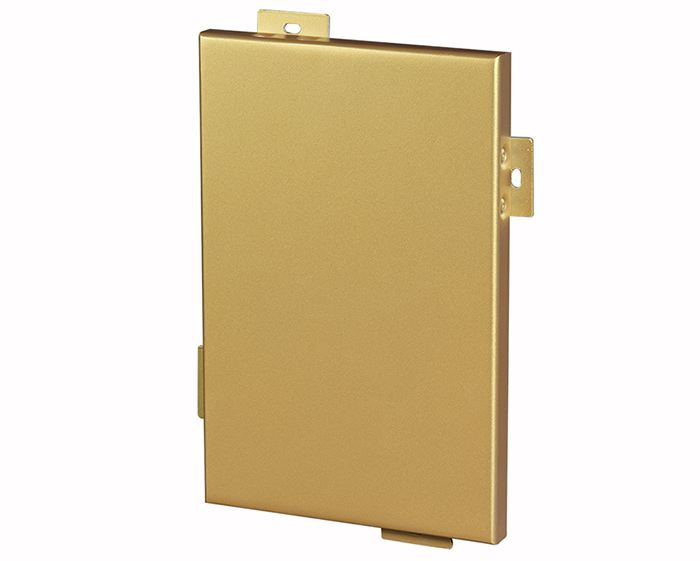
Main Surface Treatment Process Comparison
|
Surface Treatment Process
|
Applicable Materials
|
Treatment Effect
|
Corrosion Resistance
|
Cost
|
Environmental Friendliness
|
|
Anodizing
|
All aluminum alloys
|
Rich colors, improved hardness
|
★★★★★
|
★★★☆☆
|
★★★☆☆
|
|
Electroplating
|
6061, 2024
|
Bright appearance, good wear resistance
|
★★★☆☆
|
★★★★☆
|
★★☆☆☆
|
|
Powder Coating
|
All aluminum alloys
|
Various colors, uniform coating
|
★★★★☆
|
★★★☆☆
|
★★★★☆
|
|
Electrophoretic Coating
|
6063, 6061
|
Thin, uniform film
|
★★★★★
|
★★★★☆
|
★★★☆☆
|
|
Chemical Conversion Coating
|
All aluminum alloys
|
Simple, economical base layer
|
★★★☆☆
|
★★☆☆☆
|
★★★☆☆
|
Surface Treatment Effect Analysis
- Best Materials: 6063-T5, with uniform oxide film and bright colors
- Thickness Range: 5-25μm, adjustable according to requirements
- Color Options: Natural, black, gold, and various colors
- Application Cases: Architectural decoration, electronic housings, automotive parts
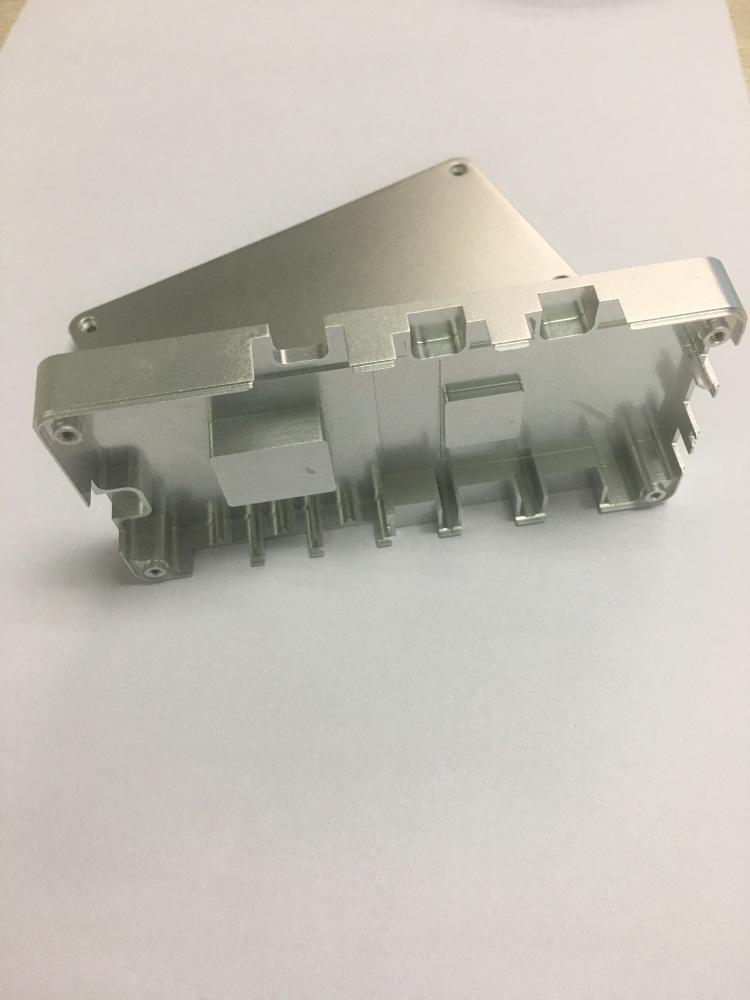
- Advantages: Uniform coating thickness, wide color selection
- Performance Indicators: Impact resistance, wear resistance, UV resistance
- Environmental Benefits: No solvent emissions, recyclable
- Applicable Scenarios: Outdoor furniture, building facades, appliance housings
- Main Types: Chrome plating, nickel plating, zinc plating
- Performance Features: Bright surface, excellent wear resistance
- Considerations: Higher environmental impact, relatively high cost
- Application Limitations: Mainly for decorative components
Corrosion Resistance Performance
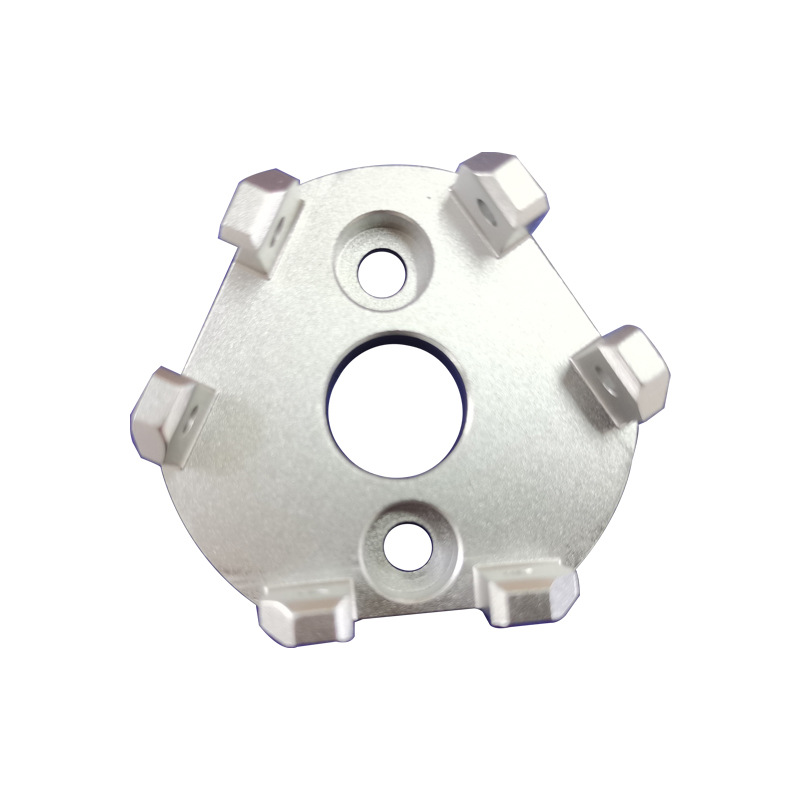
Corrosion Resistance Rating Evaluation
|
Alloy Grade
|
Atmospheric Corrosion
|
Seawater Corrosion
|
Chemical Corrosion
|
Stress Corrosion
|
Corrosion Grade
|
|
6061-T6
|
★★★★☆
|
★★★☆☆
|
★★★☆☆
|
★★★☆☆
|
Grade B
|
|
7075-T6
|
★★★☆☆
|
★★☆☆☆
|
★★☆☆☆
|
★★☆☆☆
|
Grade C
|
|
5052-H32
|
★★★★★
|
★★★★★
|
★★★★☆
|
★★★★☆
|
Grade A
|
|
2024-T3
|
★★★☆☆
|
★★☆☆☆
|
★★☆☆☆
|
★☆☆☆☆
|
Grade C
|
|
6063-T5
|
★★★★☆
|
★★★☆☆
|
★★★☆☆
|
★★★☆☆
|
Grade B
|
Corrosion Protection Measures
- Marine Environments: Priority selection of 5052-H32, followed by 6061-T6
- Industrial Environments: 6061-T6 or 5052-H32 with appropriate surface treatment
- High-Temperature Environments: 2024-T3 requires surface treatment, avoid prolonged exposure
- Anodizing: Improves corrosion resistance by 2-3 times
- Coating Protection: Organic coatings provide long-term protection
- Sealing Treatment: Further enhances performance after anodizing
- Avoid Crevices: Reduce crevice corrosion risks
- Drainage Design: Prevent water accumulation causing localized corrosion
- Material Isolation: Avoid contact corrosion between different metals
Weight and Density Differences
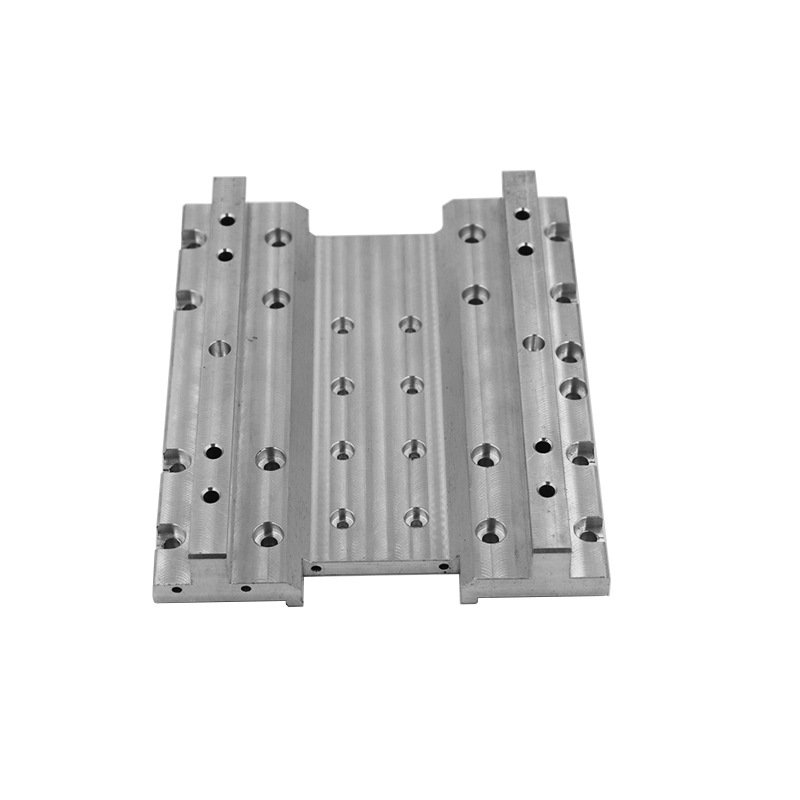
Density and Weight Comparison
|
Material Type
|
Density (g/cm³)
|
Relative Density (vs. Steel)
|
Weight Reduction Ratio
|
Strength-to-Weight Ratio
|
|
6061-T6
|
2.70
|
0.298
|
70.2%
|
114.8
|
|
7075-T6
|
2.81
|
0.310
|
69.0%
|
203.6
|
|
5052-H32
|
2.68
|
0.296
|
70.4%
|
86.6
|
|
2024-T3
|
2.78
|
0.307
|
69.3%
|
169.1
|
|
Carbon Steel
|
7.85
|
1.000
|
0%
|
51.0
|
Lightweight Advantage Analysis
- Significant Weight Reduction: Approximately 70% weight reduction compared to steel
- Fuel Efficiency Improvement: Every 1kg weight reduction saves 300kg fuel annually for aircraft
- Increased Payload Capacity: More effective payload with same weight
- Fuel Consumption Reduction: 10% vehicle weight reduction leads to 6-8% fuel savings
- Performance Improvement: Enhanced acceleration and handling performance
- Emission Reduction: Approximately 5g/km CO₂ emission reduction
- Portability Enhancement: Lighter laptops, mobile phones and other devices
- Heat Dissipation Improvement: Good thermal conductivity aids heat dissipation design
- Aesthetic Appeal: Metal texture enhances product quality
Design Optimization Strategies
- Thin-Wall Design: Reduce wall thickness while ensuring strength
- Hollow Structures: Use hollow profiles to reduce weight
- Topology Optimization: Optimize structural shape using FEA analysis
- Steel to Aluminum: Replace steel with high-strength aluminum alloys in critical areas
- Multi-Material Design: Select most suitable materials for different components
- Functional Integration: Reduce part count for further weight reduction
Cost-Benefit Analysis
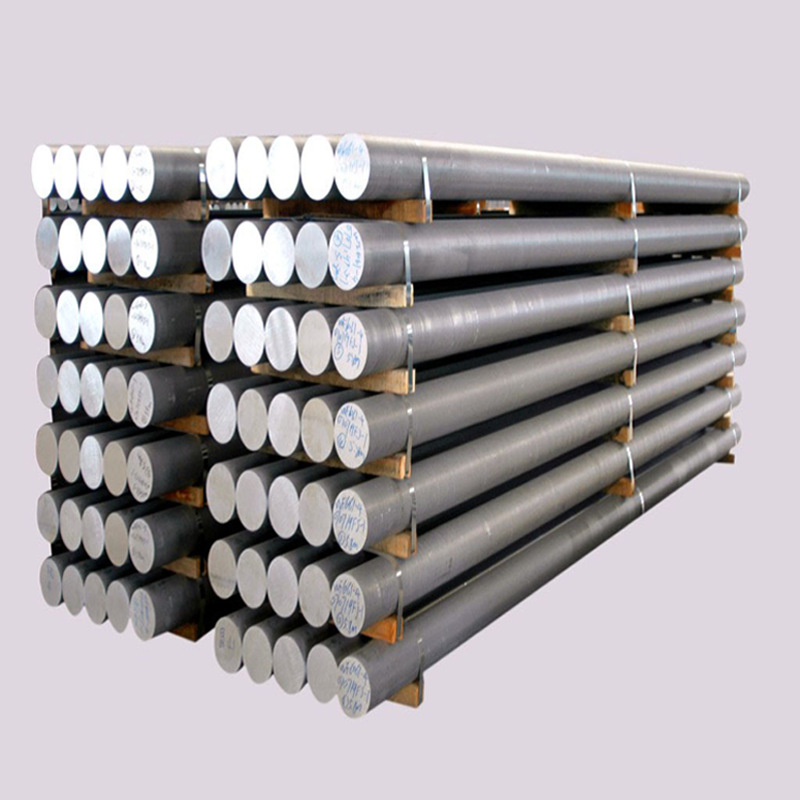
Material Cost Comparison (2025 Market Prices)
|
Alloy Grade
|
Raw Material Price (RMB/kg)
|
Processing Cost Factor
|
Surface Treatment Cost
|
Comprehensive Cost Index
|
|
6061-T6
|
22-28
|
1.0
|
Medium
|
1.0
|
|
7075-T6
|
55-65
|
1.5
|
Higher
|
2.3
|
|
5052-H32
|
28-35
|
1.1
|
Lower
|
1.2
|
|
2024-T3
|
45-55
|
1.4
|
Higher
|
1.9
|
|
6063-T5
|
18-24
|
0.8
|
Lower
|
0.8
|
Cost Composition Analysis
- Raw Material Cost: 40-60% of total cost
- Processing Cost: 25-40% of total cost
- Surface Treatment: 10-20% of total cost
- Quality Cost: 5-10% of total cost
- Machining Difficulty: Machining cost of 7075 is 1.5 times that of 6061
- Tool Consumption: Tool life reduced by 30-50% for high-strength alloys
- Processing Time: Up to 20-30% difference in machining time for complex parts
Cost-Effectiveness Evaluation
- Balanced Performance: Meets most application requirements
- Moderate Processing Costs: No special equipment or tools required
- Widely Available: Mature technology with sufficient market supply
- Lowest Material Cost: Approximately 20% lower than 6061
- Highest Processing Efficiency: Suitable for mass production
- Simple Surface Treatment: Good oxidation effect with low cost
- Highest Strength: Suitable for high-requirement applications
- Higher Cost: Material price is 2.5 times that of 6061
- Suitable for Critical Components: Applications with high safety factor requirements
Application Field Distribution
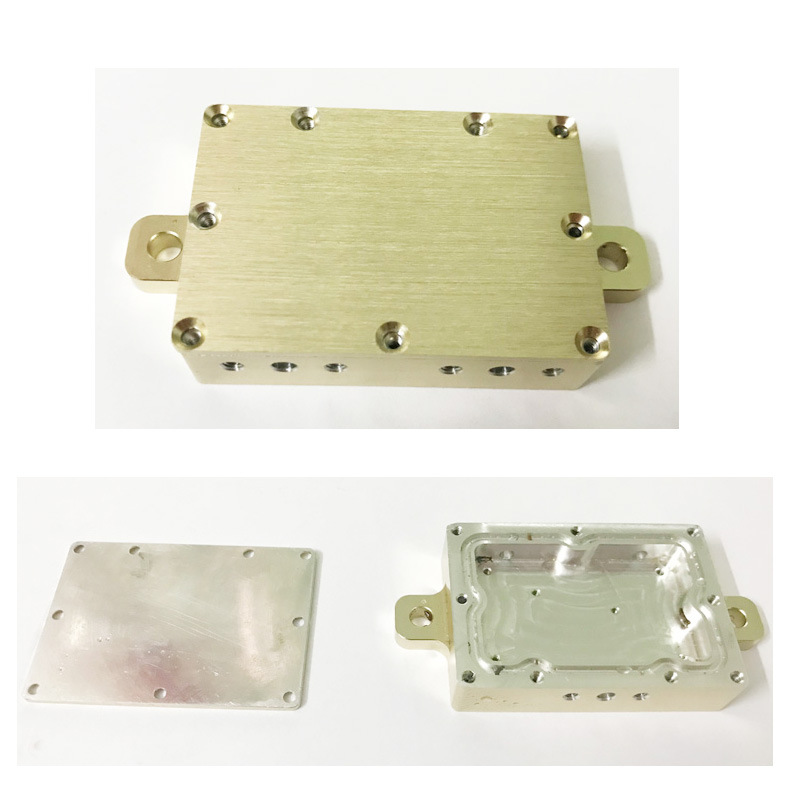
Main Application Field Distribution
|
Application Field
|
Primary Materials
|
Application Ratio
|
Key Requirements
|
Typical Products
|
|
Aerospace
|
7075-T6, 2024-T3
|
65%
|
High strength, lightweight
|
Airframe structures, wings, landing gear
|
|
Automotive
|
6061-T6, 5052-H32
|
45%
|
Lightweight, corrosion resistance
|
Body frames, engine parts, wheels
|
|
Electronic Devices
|
6061-T6, 6063-T5
|
70%
|
Precision machining, appearance
|
Laptop housings, phone frames, heat sinks
|
|
Architectural Decoration
|
6063-T5, 5052-H32
|
80%
|
Corrosion resistance, aesthetics
|
Door/window profiles, curtain walls, decorative materials
|
|
Medical Devices
|
6061-T6, 5052-H32
|
55%
|
Biocompatibility, precision
|
Surgical instruments, equipment frames, wheelchairs
|
|
Sports Equipment
|
7075-T6, 6061-T6
|
60%
|
High strength, lightweight
|
Bicycle frames, golf clubs, mountaineering equipment
|
Industry Application Deep Analysis
- 7075-T6 Most Widely Used: Accounts for 40% of aerospace aluminum alloy usage
- Key Requirements: High strength, fatigue performance, reliability
- Quality Control: Strict quality certification and testing standards
- Development Trend: Moving toward higher strength materials and composites
- Clear Lightweight Trend: Aluminum alloy usage increasing year by year
- Significant Cost Pressure: Mainly uses 6061 and 5052 series
- Process Requirements: Materials suitable for mass production
- Environmental Requirements: Recyclability and sustainability
- Precision Machining Requirements: Tolerance control within ±0.01mm
- High Appearance Quality Requirements: Surface finish and color consistency
- Thermal Performance Important: Good thermal conductivity
- Lightweight Needs: Weight control for portable devices
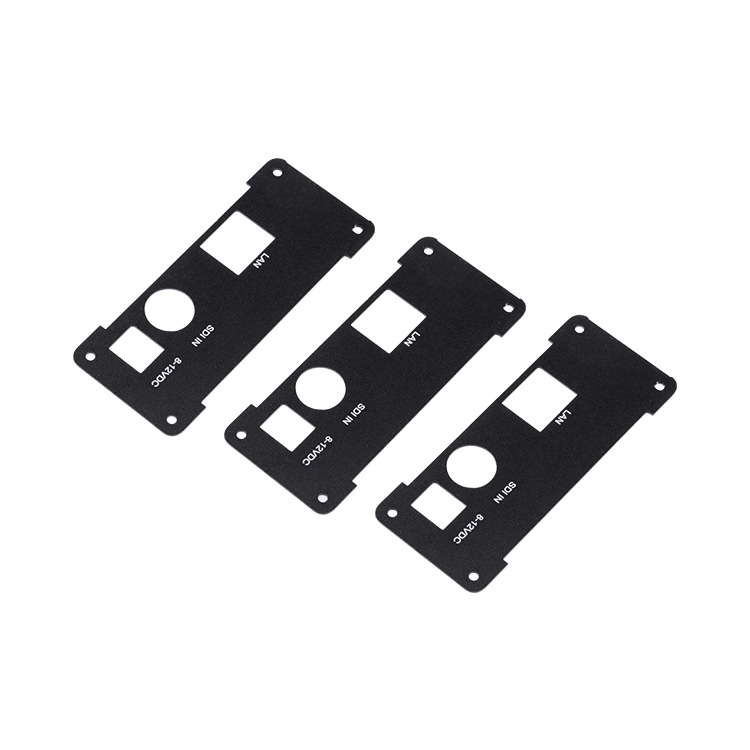
Emerging Application Fields
- Battery Housings: 5052-H32, good corrosion resistance
- Motor Components: 6061-T6, good heat dissipation performance
- Body Structures: 6061-T6, significant lightweight effect
- Frame Structures: 7075-T6, high strength-to-weight ratio
- Propellers: 6061-T6, good balance performance
- Battery Compartments: 5052-H32, excellent corrosion resistance
Welding Performance Comparison
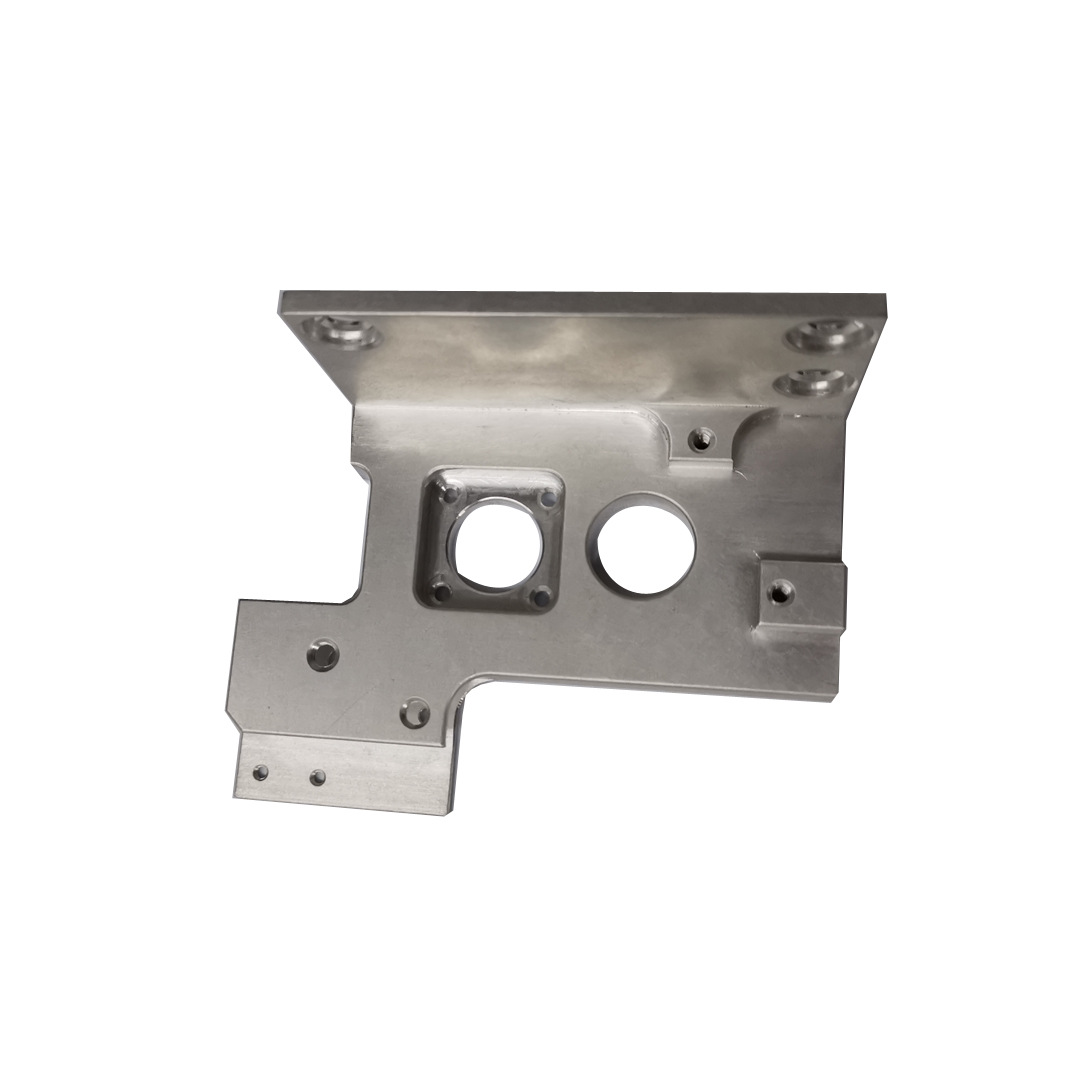
Welding Performance Evaluation
|
Alloy Grade
|
TIG/MIG Welding
|
Resistance Welding
|
Laser Welding
|
Weld Strength Retention
|
Welding Difficulty
|
|
6061-T6
|
★★★★☆
|
★★★☆☆
|
★★★★☆
|
85-90%
|
★★★☆☆
|
|
7075-T6
|
★★★☆☆
|
★★☆☆☆
|
★★★☆☆
|
75-80%
|
★★★★☆
|
|
5052-H32
|
★★★★★
|
★★★★☆
|
★★★★★
|
90-95%
|
★★☆☆☆
|
|
2024-T3
|
★★★☆☆
|
★★☆☆☆
|
★★★☆☆
|
70-75%
|
★★★★☆
|
|
6063-T5
|
★★★★☆
|
★★★☆☆
|
★★★★☆
|
80-85%
|
★★★☆☆
|
Welding Process Characteristics
- Excellent Welding Performance: Stable welding process with minimal porosity
- High Weld Strength: Maintains 90-95% of base material strength
- Good Corrosion Resistance: Excellent corrosion resistance in weld areas
- Recommended Applications: Vessel manufacturing, piping systems, welded structures
- Mature Welding Process: Easily controllable welding parameters
- Stable Weld Quality: Suitable for automated welding
- Simple Post-Treatment: Heat treatment can improve performance
- Widely Applied: Mechanical structures, frames, connectors
- Crack Susceptibility: Requires preheating and slow cooling
- Strict Welding Parameters: High temperature control requirements
- Post-Weld Heat Treatment: Requires artificial aging treatment
- Higher Costs: Requires professional welding technicians
Welding Process Selection
- Applicable Materials: All aluminum alloys, especially suitable for 5052, 6061
- Advantages: Good welding quality, aesthetic weld appearance
- Disadvantages: Lower efficiency, higher cost
- Applicable Materials: 6061, 5052, 6063
- Advantages: High precision, small heat-affected zone
- Disadvantages: High equipment investment, strict fixturing requirements
- Applicable Materials: 5052, 6061 thin sheets
- Advantages: High efficiency, suitable for mass production
- Disadvantages: Relatively lower spot strength
Heat Treatment Effects
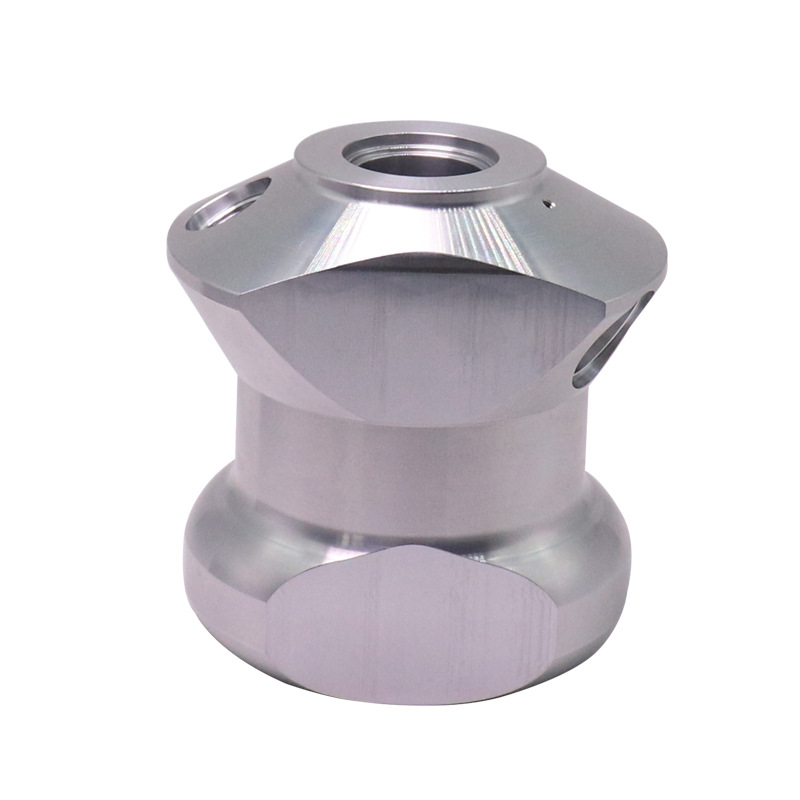
Main Heat Treatment Processes
|
Heat Treatment Process
|
Applicable Materials
|
Treatment Temperature (°C)
|
Treatment Time
|
Performance Improvement
|
|
T6 Solution Aging
|
6061, 7075
|
530-540
|
12-24h
|
Significant strength improvement
|
|
T5 Artificial Aging
|
6063
|
175-185
|
6-8h
|
Moderate strength improvement
|
|
T3 Solution Natural Aging
|
2024
|
495-503
|
Natural aging
|
Balanced strength and toughness
|
|
H32 Strain Hardening
|
5052
|
Cold working + stabilization
|
–
|
Strength improvement with retained ductility
|
Heat Treatment Effect Comparison
- Solution Treatment: 530°C for 4-6 hours, water quenching
- Artificial Aging: 175°C for 8 hours
- Performance Improvement: Tensile strength increased from 110MPa to 310MPa
- Hardness Change: From HB 30 to HB 95
- Solution Treatment: 475°C for 2 hours, water quenching
- Artificial Aging: 120°C for 24 hours
- Performance Improvement: Tensile strength increased from 180MPa to 572MPa
- Hardness Change: From HB 50 to HB 150
- Solution Treatment: 495°C for 2 hours, water quenching
- Natural Aging: Room temperature for 4 days
- Performance Characteristics: Balance of high strength and good toughness
- Application Advantages: Excellent fatigue performance
Heat Treatment Considerations
- Temperature Control: ±5°C temperature accuracy requirement
- Time Control: Strict adherence to process timing
- Cooling Rate: Sufficiently fast water quenching
- Distortion Control: Distortion management during heat treatment
- Hardness Testing: Verification of heat treatment effect
- Tensile Testing: Confirmation of mechanical properties
- Metallographic Analysis: Microstructure examination
- Dimensional Inspection: Evaluation of distortion
Aesthetics and Texture
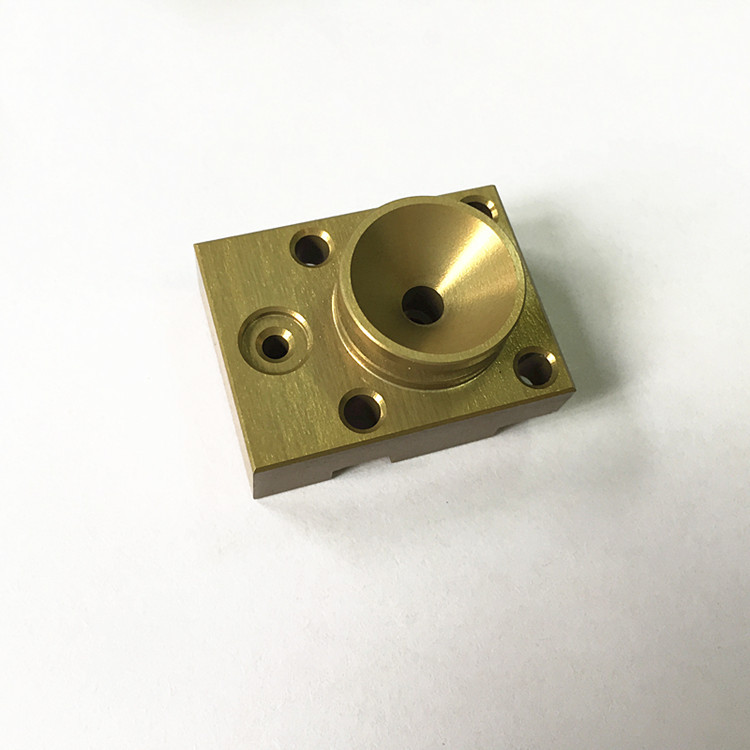
Surface Texture Characteristic Comparison
|
Alloy Grade
|
Surface Gloss
|
Texture 表现
|
Oxidation Effect
|
Coating Adhesion
|
Texture Grade
|
|
6061-T6
|
★★★★☆
|
★★★★☆
|
★★★★☆
|
★★★★☆
|
Grade A
|
|
7075-T6
|
★★★★☆
|
★★★☆☆
|
★★★☆☆
|
★★★☆☆
|
Grade A
|
|
5052-H32
|
★★★★★
|
★★★★★
|
★★★★★
|
★★★★★
|
Grade A+
|
|
2024-T3
|
★★★☆☆
|
★★★☆☆
|
★★★☆☆
|
★★★☆☆
|
Grade B
|
|
6063-T5
|
★★★★★
|
★★★★★
|
★★★★★
|
★★★★★
|
Grade A+
|
Aesthetic Design Advantages
- Highest Surface Gloss: Good natural metallic luster
- Best Oxidation Effect: Uniform oxide film with long-lasting vibrant colors
- Excellent Texture achieve: Good effect with brushing, sandblasting and other textures
- Recommended Applications: High-end decoration, consumer electronics, furniture
- Good Surface Flatness: Suitable for precision appearance parts
- Uniform Oxidation Coloring: Good color consistency
- Cost-Effective: Good balance of appearance performance and cost
- Widely Applied: Architectural decoration, lighting, home appliances
- Good Comprehensive Performance: Balance of appearance and functionality
- High Machining Precision: Suitable for complex appearance designs
- Diverse Surface Treatments: Supports various surface processes
- Flexible Application: Wide range from industrial to consumer products
Surface Treatment Process Effects
- Natural Color: Silver-white, clean and modern
- Black: Deep and stable, high-end atmosphere
- Colored: Rich color options to meet personalized needs
- Hard Anodizing: High surface hardness, good wear resistance
- Brushing: Linear texture, strong technological
- Sandblasting: Matte effect, fine texture
- Polishing: Mirror effect, high-end and exquisite
- Etching: Fine patterns, personalized design
Design Application Recommendations
- Color Matching: Select appropriate surface treatment colors based on product positioning
- Texture Selection: Consider usage environment and tactile needs
- Cost Control: Control costs while meeting appearance requirements
- Process Feasibility: Consider mass production process feasibility
- Tactile Optimization: Impact of surface texture on touch feeling
- Visual Hierarchy: Creating visual hierarchy through surface treatment
- Brand Recognition: Unified surface treatment style strengthens brand image
- Durability Requirements: Surface durability considerations for different usage environments
Environmental and Sustainability
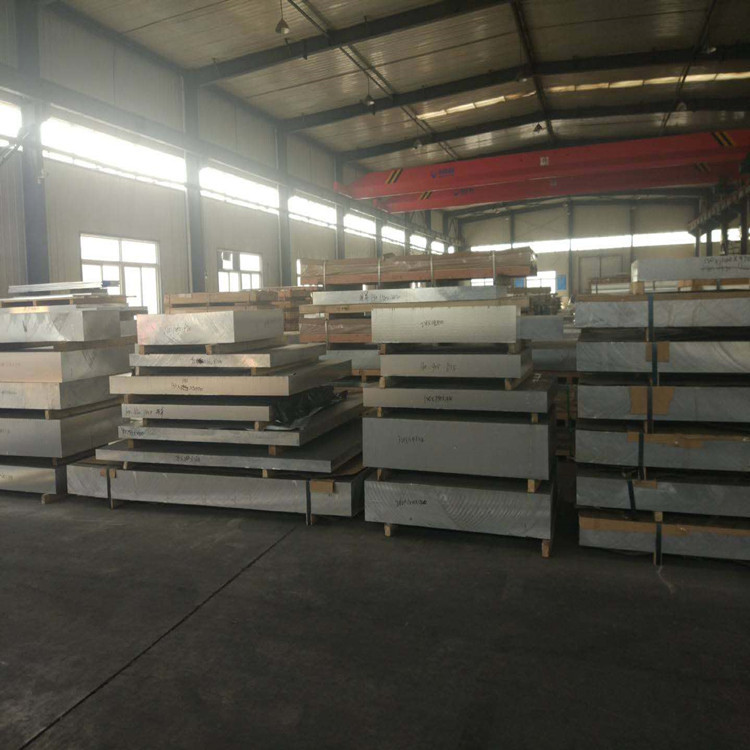
Environmental Performance Evaluation
|
Evaluation Criteria
|
6061-T6
|
7075-T6
|
5052-H32
|
2024-T3
|
6063-T5
|
|
Recyclability Rate
|
★★★★★
|
★★★★☆
|
★★★★★
|
★★★☆☆
|
★★★★★
|
|
Energy Consumption Index
|
★★★★☆
|
★★★☆☆
|
★★★★☆
|
★★★☆☆
|
★★★★★
|
|
Emission Index
|
★★★★☆
|
★★★☆☆
|
★★★★☆
|
★★★☆☆
|
★★★★★
|
|
Toxic Substances
|
★★★★★
|
★★★☆☆
|
★★★★★
|
★★★☆☆
|
★★★★★
|
|
Environmental Grade
|
Grade A
|
Grade B
|
Grade A+
|
Grade B
|
Grade A+
|
Sustainability Analysis
- High Recycling Rate: Aluminum alloy recycling rate exceeds 95%
- Energy Savings: Recycling aluminum saves over 95% energy compared to primary aluminum
- Emission Reduction: 90% reduction in CO₂ emissions during recycling
- Circular Economy: Infinite recycling with almost no quality loss
- 6063-T5 Most Environmentally Friendly: Fewer alloying elements, simpler production process
- 5052-H32 Relatively Environmentally Friendly: Main alloying element is magnesium with minimal environmental impact
- 7075-T6 More Complex: Contains zinc, copper and other elements, more complex recycling process
- 2024-T3 Requires Attention: Higher copper content requires separation during recycling
- Long Service Life: Aluminum alloy products have long service life, reducing replacement frequency
- Low Maintenance: Good corrosion resistance results in minimal environmental impact during maintenance
- Recyclable: Products can be fully recycled after end of service life
- Pollution-Free: No harmful substances released during usage
Environmental Design Recommendations
- Priority Selection: Environmentally friendly materials such as 6063-T5, 5052-H32
- Reduced Usage: Minimize use of materials with high environmental impact like 7075-T6, 2024-T3
- Consider Full Life Cycle: Complete environmental impact from production to recycling
- Compliance with Standards: Select materials meeting environmental certifications
- Modular Design: Facilitate disassembly and recycling
- Material Simplification: Reduce mixed use of different materials
- Lightweight Design: Reduce material consumption and transportation energy consumption
- Long-Life Design: Extend product service life
- Marking Design: Clear material identification for easy sorting and recycling
- Connection Design: Easy-to-disassemble connection methods
- Material Separation: Avoid permanent joining of different materials
- Recycling Process: Consider recycling process convenience during design
Frequently Asked Questions
Q1: How to select the appropriate aluminum alloy material for CNC machining?
- Strength Requirements: Choose 7075-T6 for high requirements, 6061-T6 for general requirements
- Machining Difficulty: Choose 6063-T5 for mass production, 6061-T6 for precision machining
- Corrosion Resistance: Choose 5052-H32 for marine environments, 6061-T6 for industrial environments
- Cost Budget: Choose 6063-T5 for economy, 6061-T6 for cost-effectiveness
- Surface Requirements: Choose 5052-H32 or 6063-T5 for appearance parts
Q2: What are the main differences between 6061 and 7075 aluminum alloys?
- Strength Difference: 7075-T6 has a tensile strength of 572MPa, 1.8 times that of 6061-T6 (310MPa)
- Weight Difference: 7075 has a density of 2.81g/cm³, slightly heavier than 6061 (2.70g/cm³) by about 4%
- Machining Performance: 6061 has good machining performance, while 7075 is more difficult to machine
- Cost Difference: 7075 material price is about 2.5 times that of 6061
- Application Fields: 6061 is versatile, 7075 is suitable for high-strength requirements
Q3: What is the best surface treatment option for aluminum alloys after machining?
- Best Cost-Effectiveness: Anodizing, suitable for most applications
- Best Corrosion Resistance: Hard anodizing, suitable for harsh environments
- Best Appearance Effect: Powder coating, with wide color selection
- Best Conductivity: Conductive oxidation, suitable for electronic applications
- Best Wear Resistance: Hard chrome plating, suitable for moving parts
Q4: What issues need attention when welding aluminum alloys?
- Material Cleaning: thoroughly clean surface oil and oxide film before welding
- Gas Protection: Use high-purity argon protection with flow rate 15-25L/min
- Preheating Control: Preheating to 100-200°C required for thick plate welding
- Filler Material: Select matching welding wire such as ER4043, ER5356
- Post-Treatment: Stress relief treatment required for important structures
Q5: How to improve the surface quality of aluminum alloy CNC machining?
- Tool Selection: Use ultra-fine grain carbide tools or diamond tools
- Cutting Parameters: High spindle speed, appropriate feed rate to avoid built-up edge
- Cooling and Lubrication: Use special aluminum alloy cutting fluid with sufficient cooling
- Machining Sequence: Reasonable arrangement of roughing → semi-finishing → finishing
- Vibration Control: Ensure machine tool rigidity and reduce machining vibration
Q6: How to test the properties of aluminum alloys after heat treatment?
- Hardness Testing: Brinell or Vickers hardness testing for quick evaluation
- Tensile Testing: Determine tensile strength, yield strength and elongation
- Impact Testing: Evaluate material toughness and impact resistance
- Metallographic Analysis: Check if microstructure meets standard requirements
- Dimensional Inspection: Evaluate distortion during heat treatment
Q7: What considerations are needed for aluminum alloy material inventory management?
- Environmental Control: Dry and well-ventilated warehouse, avoid humid environment
- Surface Protection: Surface protection for finished parts to avoid scratches
- Classified Storage: Separate storage of different grades and tempers
- First-In First-Out: Use according to warehousing time sequence, avoid long-term storage
- Regular Inspection: Regularly check surface condition and identification of inventory materials
Q8: What are the usage limitations of aluminum alloys in high-temperature environments?
- Temperature Limit: General aluminum alloys have long-term service temperature not exceeding 150°C
- Strength Reduction: Strength decreases significantly with increasing temperature
- Accelerated Oxidation: Oxidation rate accelerates at high temperatures, requiring protective measures
- Creep Phenomenon: Long-term high-temperature loading causes creep deformation
- Material Selection: Special high-temperature aluminum alloys should be selected for high-temperature applications
Summary and Recommendations
Material Selection Recommendations
- Balanced comprehensive performance, suitable for most application scenarios
- Good machining performance without special equipment requirements
- Moderate cost with good cost-effectiveness
- Recommended applications: General mechanical parts, automotive accessories, electronic equipment
- Highest strength, suitable for high-requirement structural components
- Lightweight with excellent strength-to-weight ratio
- Higher cost, suitable for critical components
- Recommended applications: Aerospace, sports equipment, high-end equipment
- Lowest cost, suitable for mass production
- Best machining performance with high production efficiency
- Good surface treatment effect with high appearance quality
- Recommended applications: Architectural profiles, decorative materials, high-volume parts
- Best corrosion resistance, suitable for harsh environments
- Excellent welding performance, suitable for welded structures
- Good surface texture, suitable for appearance parts
- Recommended applications: Marine equipment, outdoor products, food machinery
Application Strategy Recommendations
- Fully understand the characteristics and application limitations of various aluminum alloys
- Comprehensive consideration of performance, cost, machining, environmental and other factors
- Conduct necessary material testing and verification
- Develop reasonable surface treatment and assembly processes
- Select appropriate machining equipment and tools
- Develop optimized machining process parameters
- Strictly control heat treatment and surface treatment quality
- Establish comprehensive quality inspection system
- Understand material usage limitations and maintenance requirements
- Develop reasonable maintenance and maintenance plans
- Establish product lifecycle management system
- Consider recycling and reuse after product end-of-life
- ASTM B209 – Standard Specification for Aluminum and Aluminum-Alloy Sheet and Plate
- ISO 209 – Aluminum and aluminum alloys — Sheet, strip and plate
- GB/T 3880 – Aluminum and aluminum alloy rolled plates, sheets and strips
- EN 485 – Aluminum and aluminum alloys — Sheet, strip and plate

